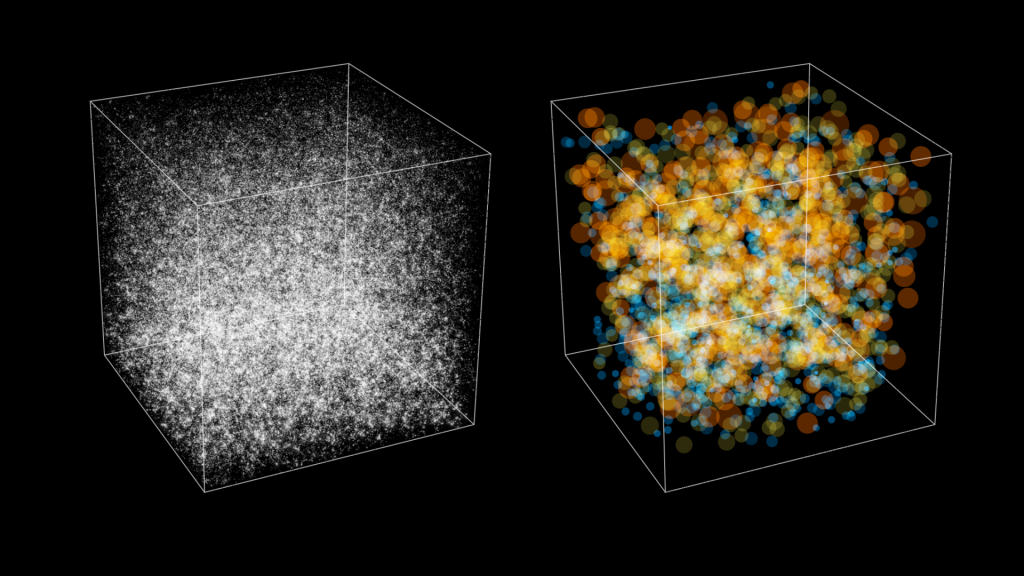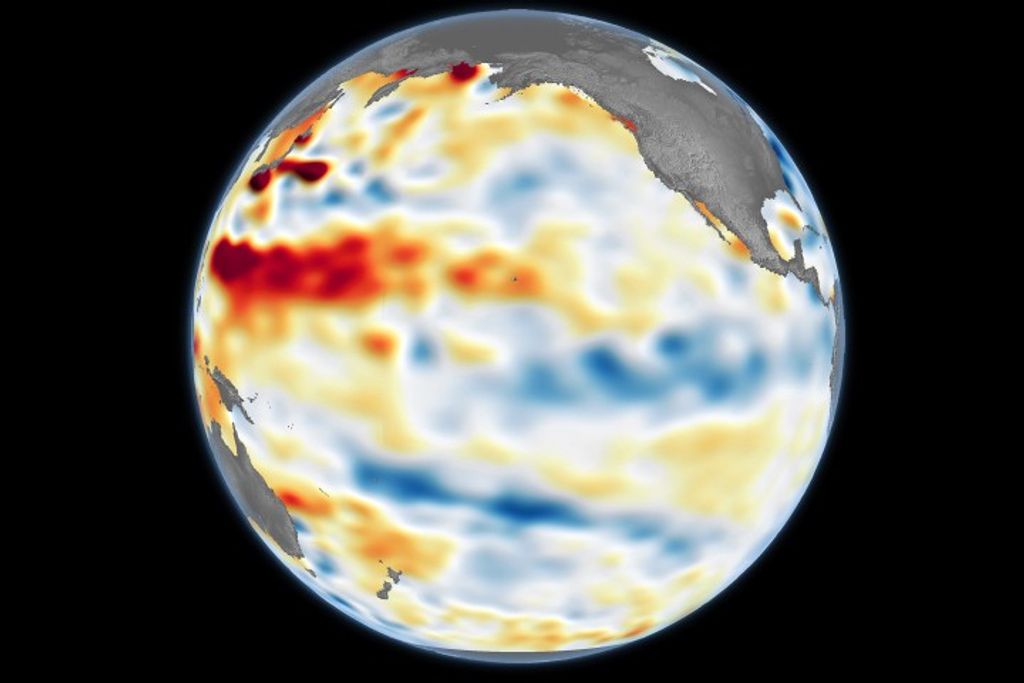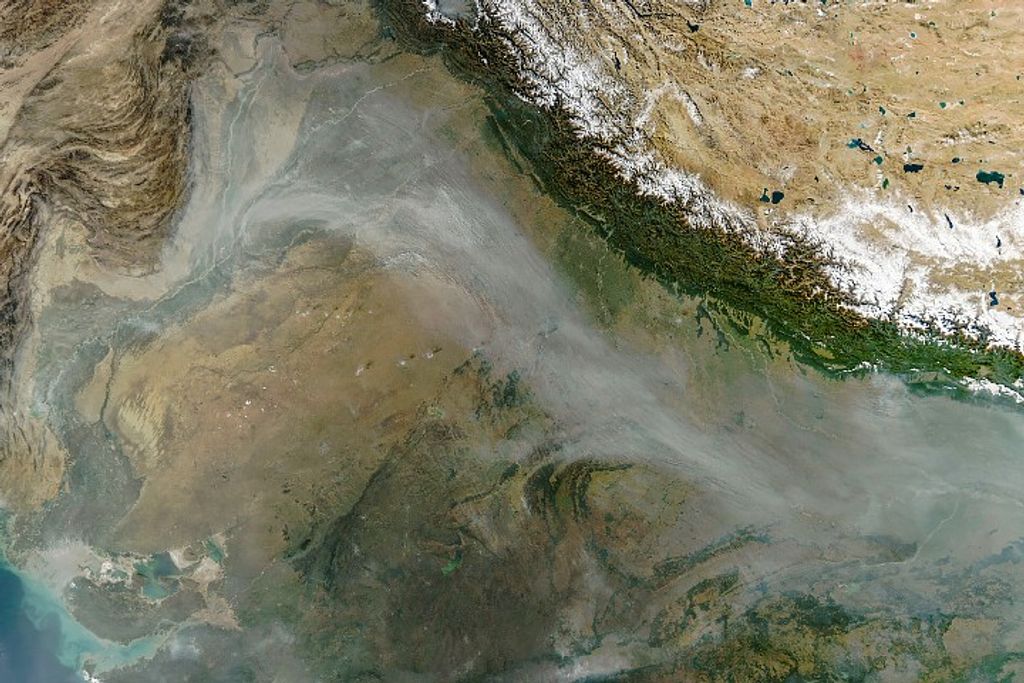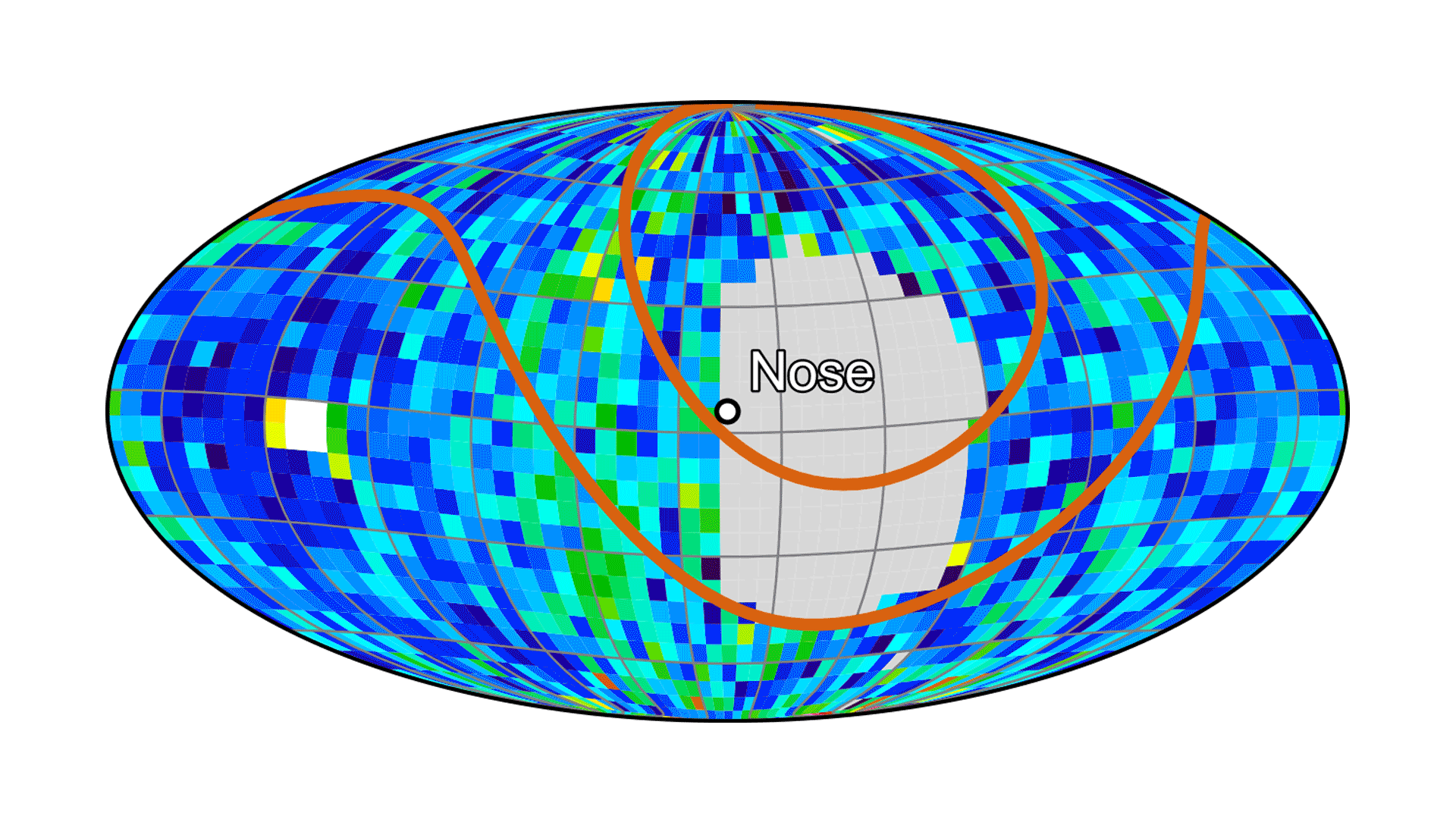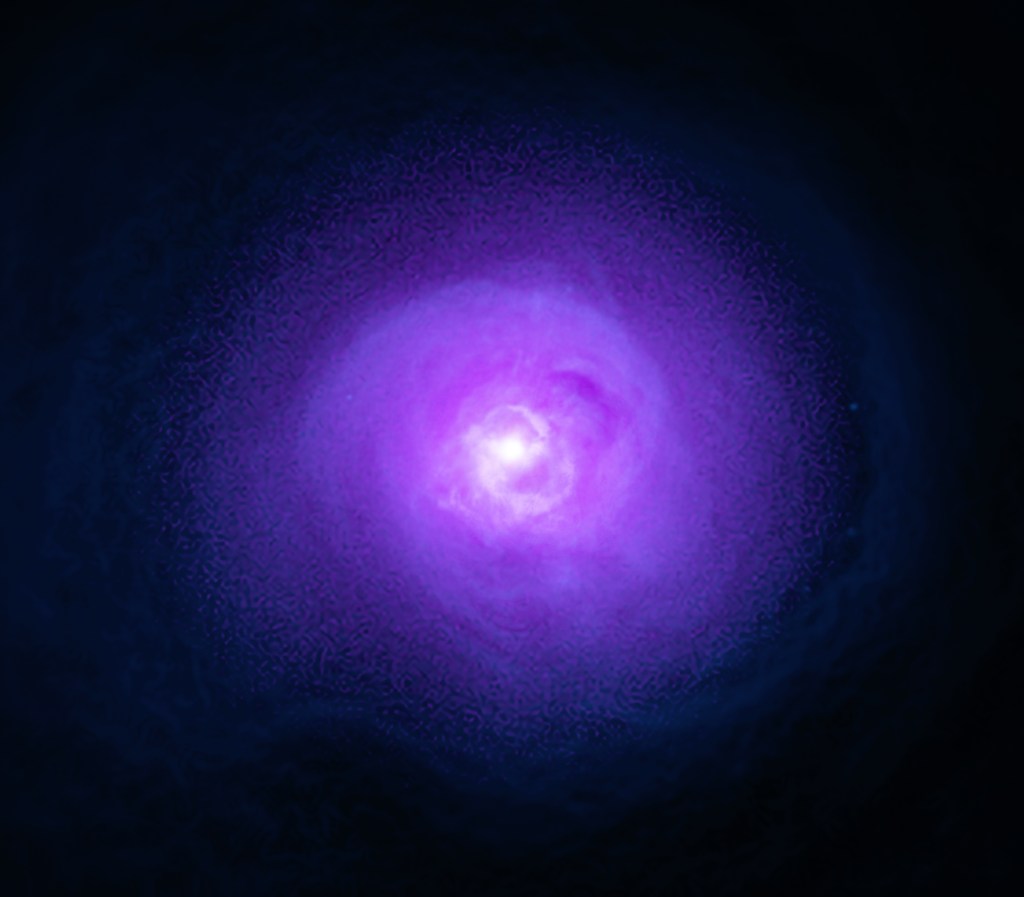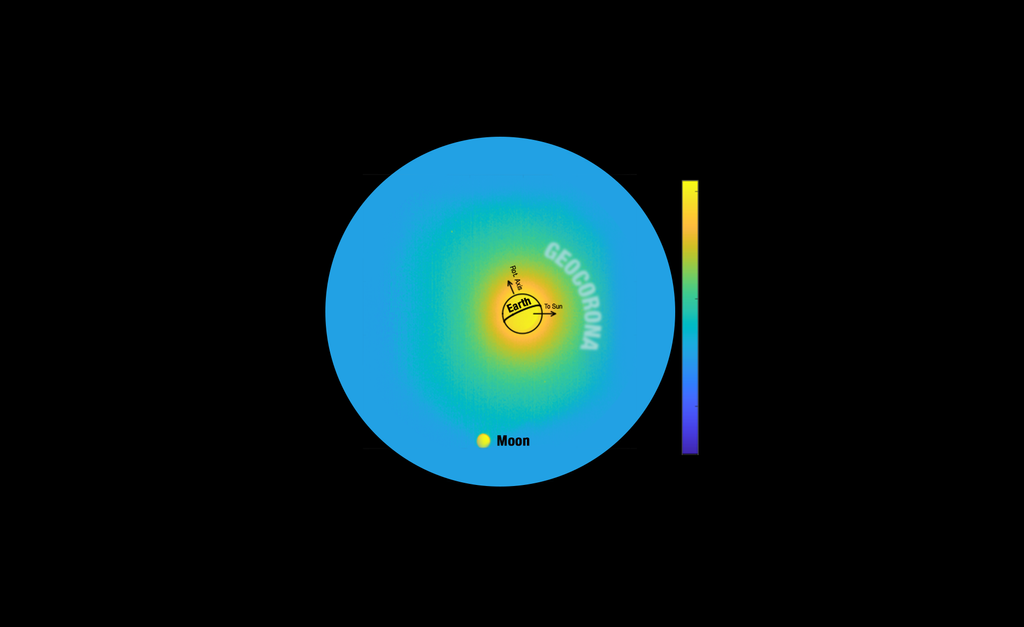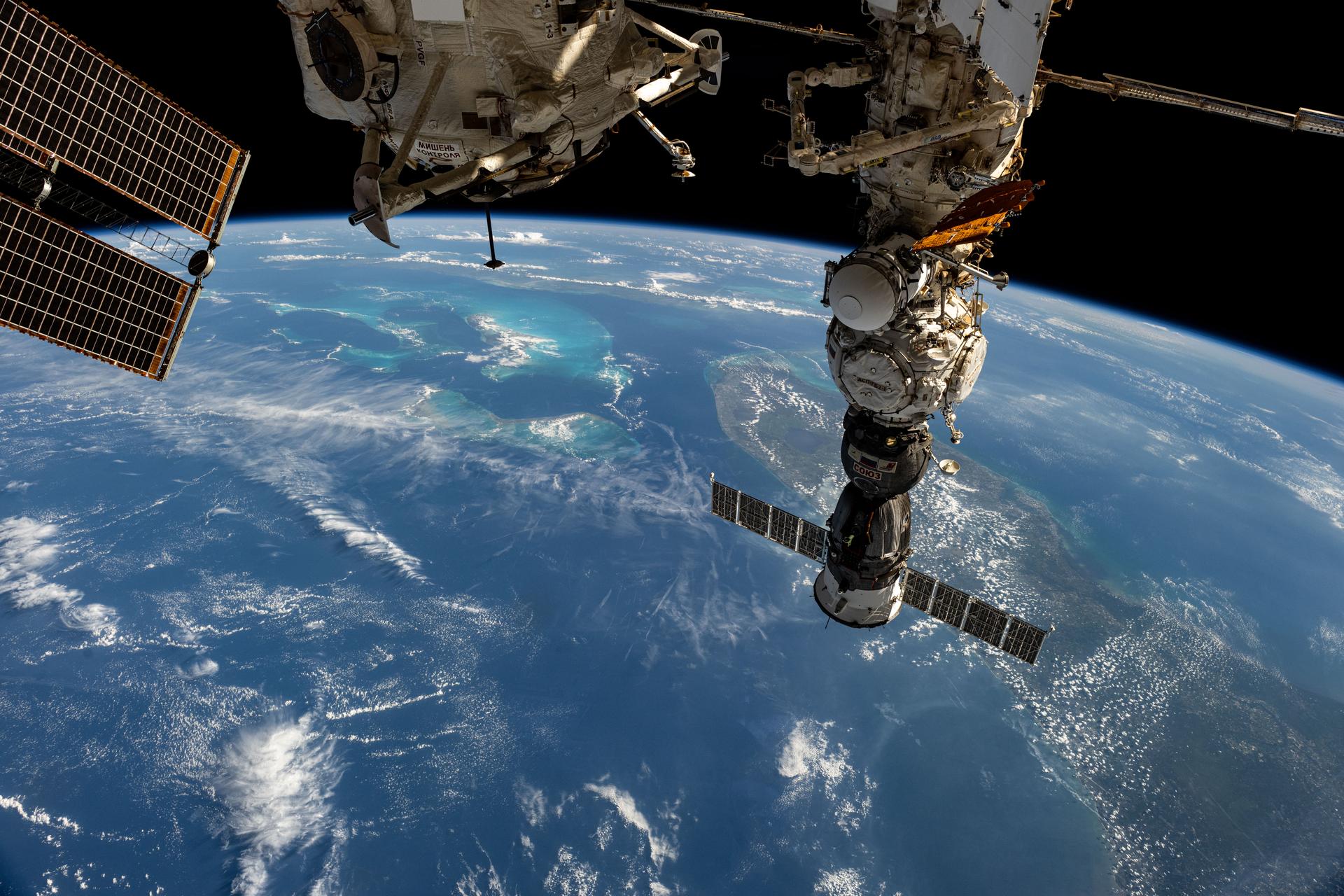Crew Works Exercise and Earth Studies, Spacesuit Checks, and Lab Inspections
Exercise research and spacesuit checks were the top duties aboard the International Space Station on Tuesday. The Expedition 73 crew also continued inspecting the orbital outpost’s windows and photographing Earth landmarks.
An astronaut spends less energy moving around in space than they do walking in Earth’s gravity environment. As a result, muscles and bones begin to atrophy since crew members do not use a lot of effort when living and working in weightlessness. Daily two-hour exercise sessions on the space station are critical and help offset the effects of weightlessness. Researchers monitor the crew exercise sessions to protect crew health and prepare astronauts for the return to Earth’s gravity.
NASA Flight Engineer Jonny Kim strapped on a sensor-packed vest and headband measuring his health data during a two-hour workout session on Tuesday. He first pedaled on an exercise cycle then simulated lifting weights on the advanced resistive exercise device. The Bio-Monitor wearable hardware comfortably collected Kim’s physiological parameters as he exercised that will help scientists refine space exercise programs and learn how to keep crews healthy on long term missions to the Moon, Mars, and beyond.
NASA Flight Engineer Nichole Ayers was back in the Destiny laboratory module exploring surface tension to contain liquids and study proteins without contacting solid walls. Containerless liquid systems remove the effects of gravity providing more accurate computer models of fluid behavior in weightlessness. The fluid physics study takes place inside Destiny’s Microgravity Science Glovebox may benefit pharmaceutical manufacturing and 3D printing techniques on and off the Earth.
NASA Flight Engineer Anne McClain spent her day inside the cupola, the orbiting lab’s “window to the world,” inspecting its seven windows. The cupola is attached to the Tranquility module’s Earth-facing port and is very important for observing spacecraft operations, monitoring spacewalkers, and imaging the Earth. McClain was photographing the condition of the windows to document smudges, particles, and scratches caused by crew activities, spacecraft plumes, or micrometeoroids.
Station Commander Takuya Onishi from JAXA (Japan Aerospace Exploration Agency) was also inspection duty examining hatches throughout the orbiting lab’s U.S. segment. Onishi examined and cleaned hatch seals and surfaces, interlocking components, and crank handles removing dust and stains. He also photographed the condition of the hatches and downlinked the images for analysis by ground engineers.
Working in the station’s Roscosmos segment, cosmonauts Sergey Ryzhikov and Alexey Zubritsky partnered together inside the Poisk module and worked on a pair of spacesuits. The duo activated the suits then checked and cleaned life support components. Flight Engineer Kirill Peskov watched as Ryzhikov and Zubritsky serviced the spacesuits to familiarize himself with spacesuit operations. Peskov later continued his Earth observations pointing a hyperspectral camera out a station window and photographing North American mountains and lakes in different wavelengths.
Learn more about station activities by following the space station blog, @space_station and @ISS_Research on X, as well as the ISS Facebook and ISS Instagram accounts.
Get the latest from NASA delivered every week. Subscribe here.



